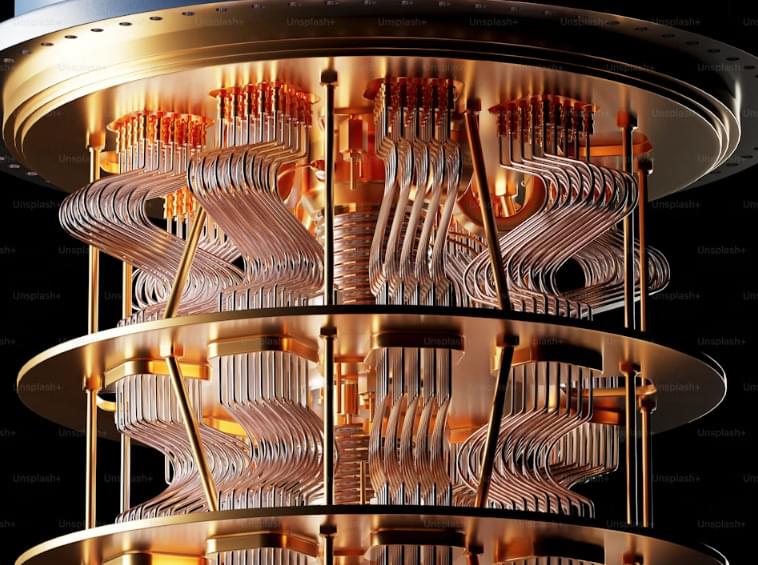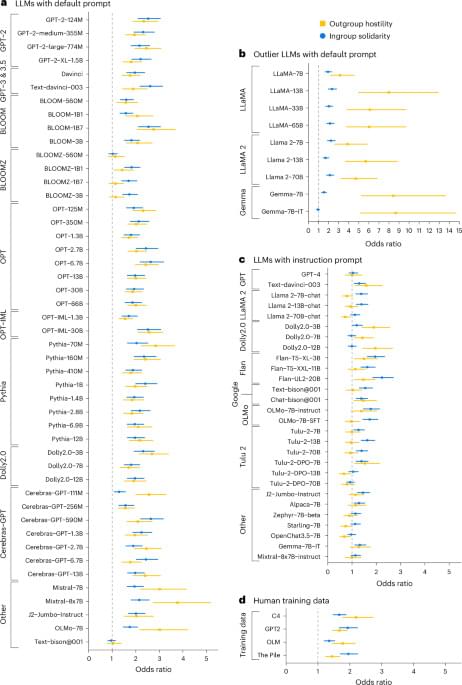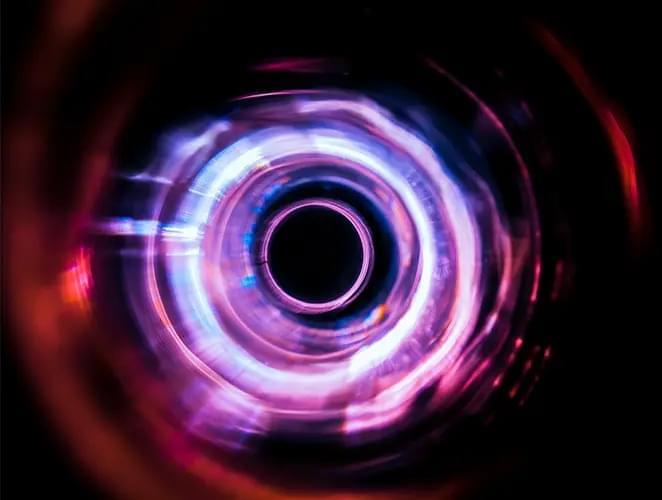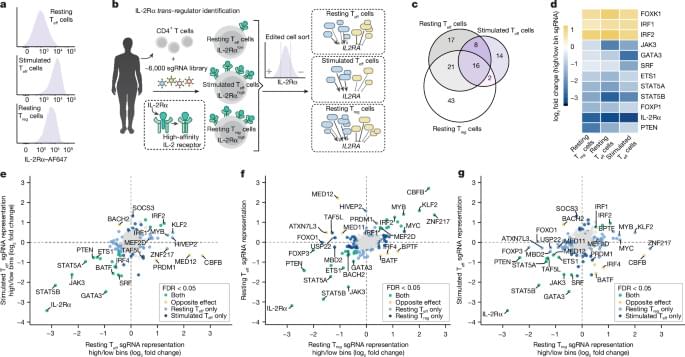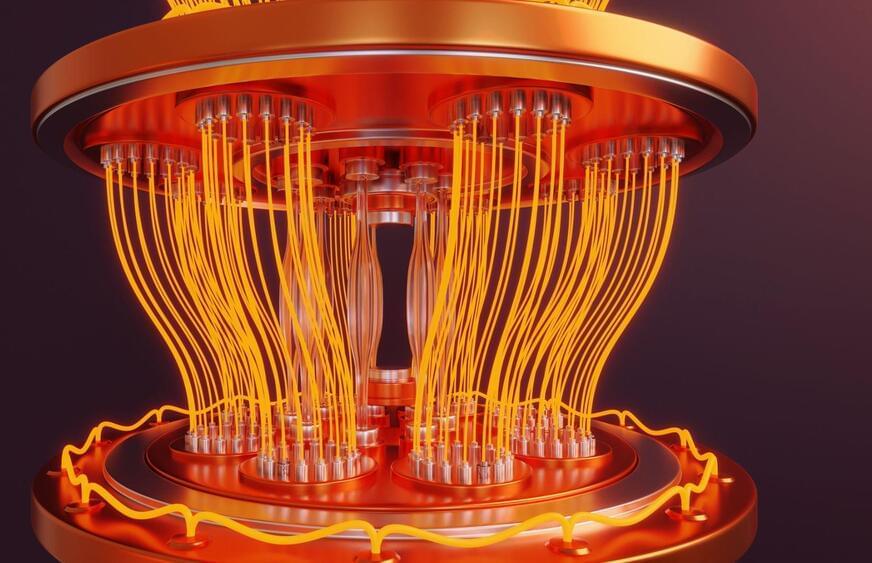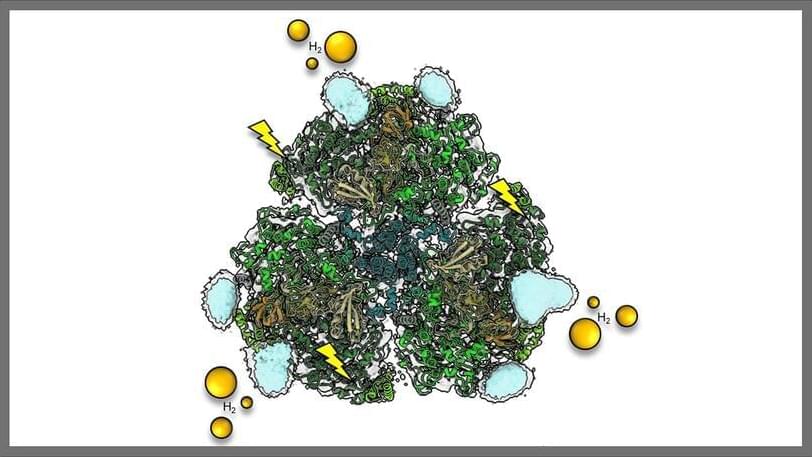Dec 12, 2024
Herpes infections soar globally as new study reveals massive disease burden
Posted by Shubham Ghosh Roy in category: biotech/medical
Regarding oral HSV-1 infections, the global prevalence in 2020 among individuals aged 0–49 years was 58.6% (95% UI: 53.5–62.1%), equating to approximately 3.4 billion people. The African region exhibited the highest oral HSV-1 prevalence, while the Western Pacific had the largest number of infected individuals.
Conclusions
To summarize, in 2020, 26 million individuals aged 15–49 acquired new HSV-2 infections, with 520 million living with HSV-2 and 188 million experiencing HSV-2-related GUD. Similarly, 17 million acquired new genital HSV-1 infections, with 376 million living with genital HSV-1 and 17 million experiencing HSV-1-related GUD.

